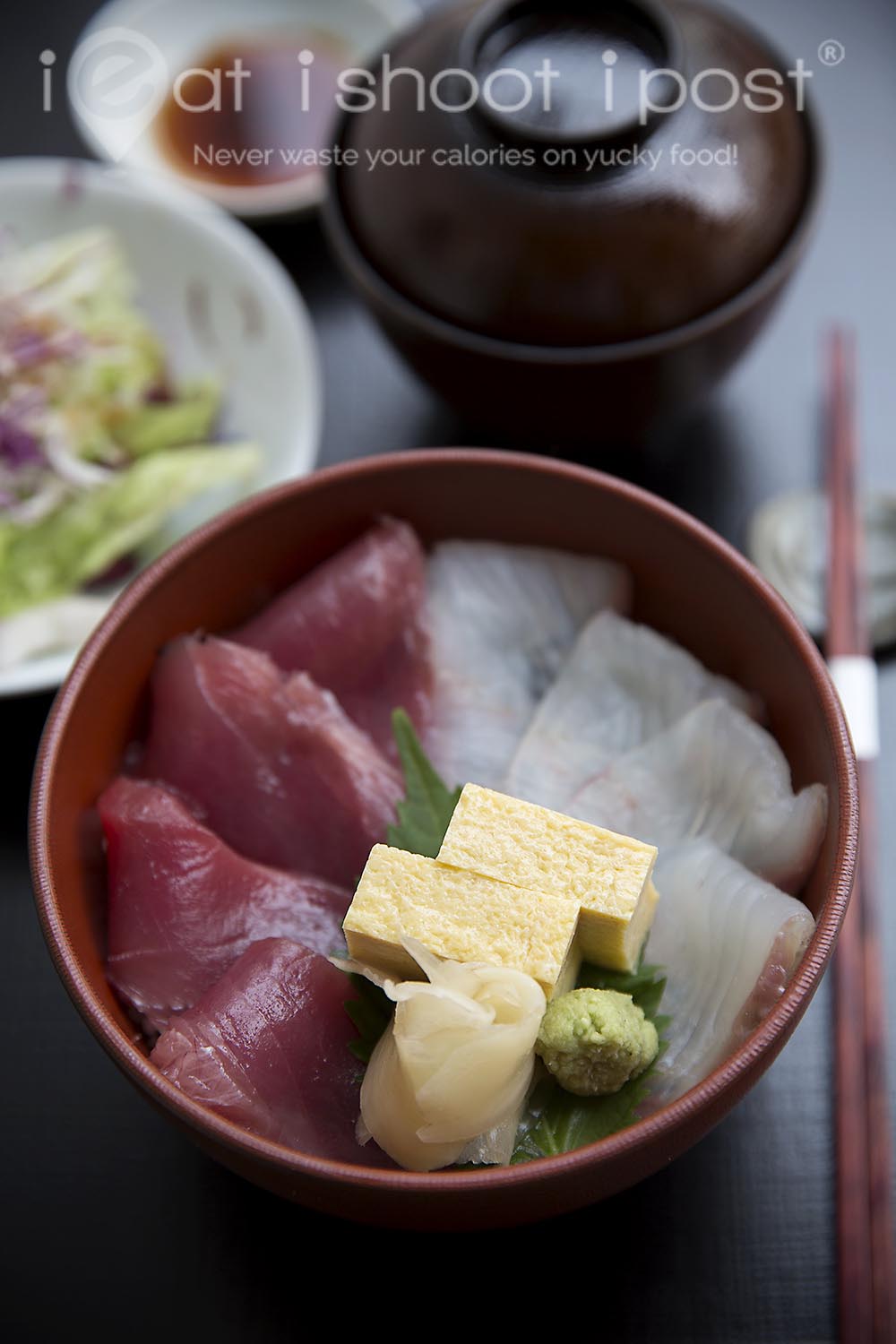
Located at the Northernmost part of Japan’s main island of Honshu, Aomori is surrounded by water on three sides and is famous for a wide variety of seafood. Aomori City used to be the port city where you catch a ferry across to Hokkaido. That was before the opening of the Seikan Undersea Railway Tunnel which now connects Hokkaido to the main island.
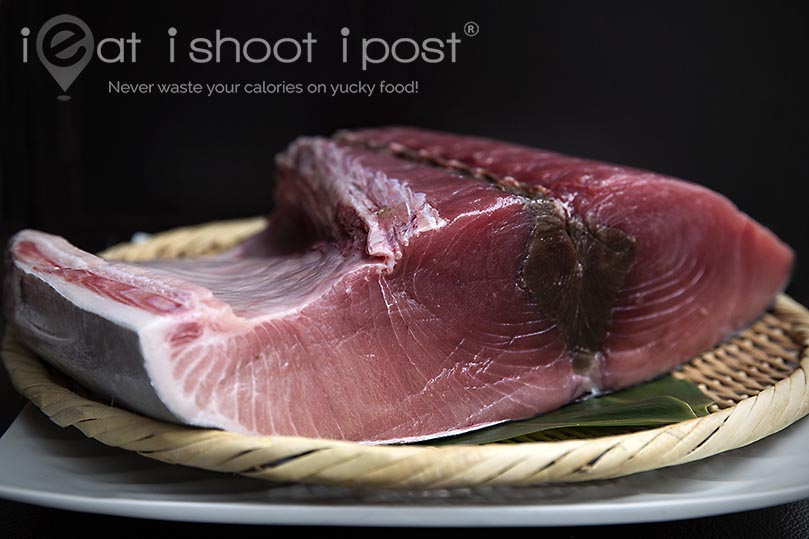
The most famous sushi fish that Aomori produces is the Pacific bluefin tuna (tunnus orientalis). In 2013, a single 222kg bluefin tuna was sold at Tsukiji for $1.76 million dollars! That tuna came from the remote town of Oma on the Shimokita Peninsula at the northern most tip of Aomori prefecture. Oma is well known throughout Japan for producing the best tuna. These fish are caught in the Tsugaru strait which separate Hokkaido and Honshu. Here, the cold currents from the Sea of Japan and the warm Kuroshio current from the Pacific join to produce a rich buffet of squid and fish for hungry bluefin as they migrate northwards from the Sea of Japan, across the strait towards the town of Oma. By the time of the Oma Maguro Matsuri, ie the Oma Tuna Festival in October, they would have have put on just the right amount of fat for the tuna to be at its prime!
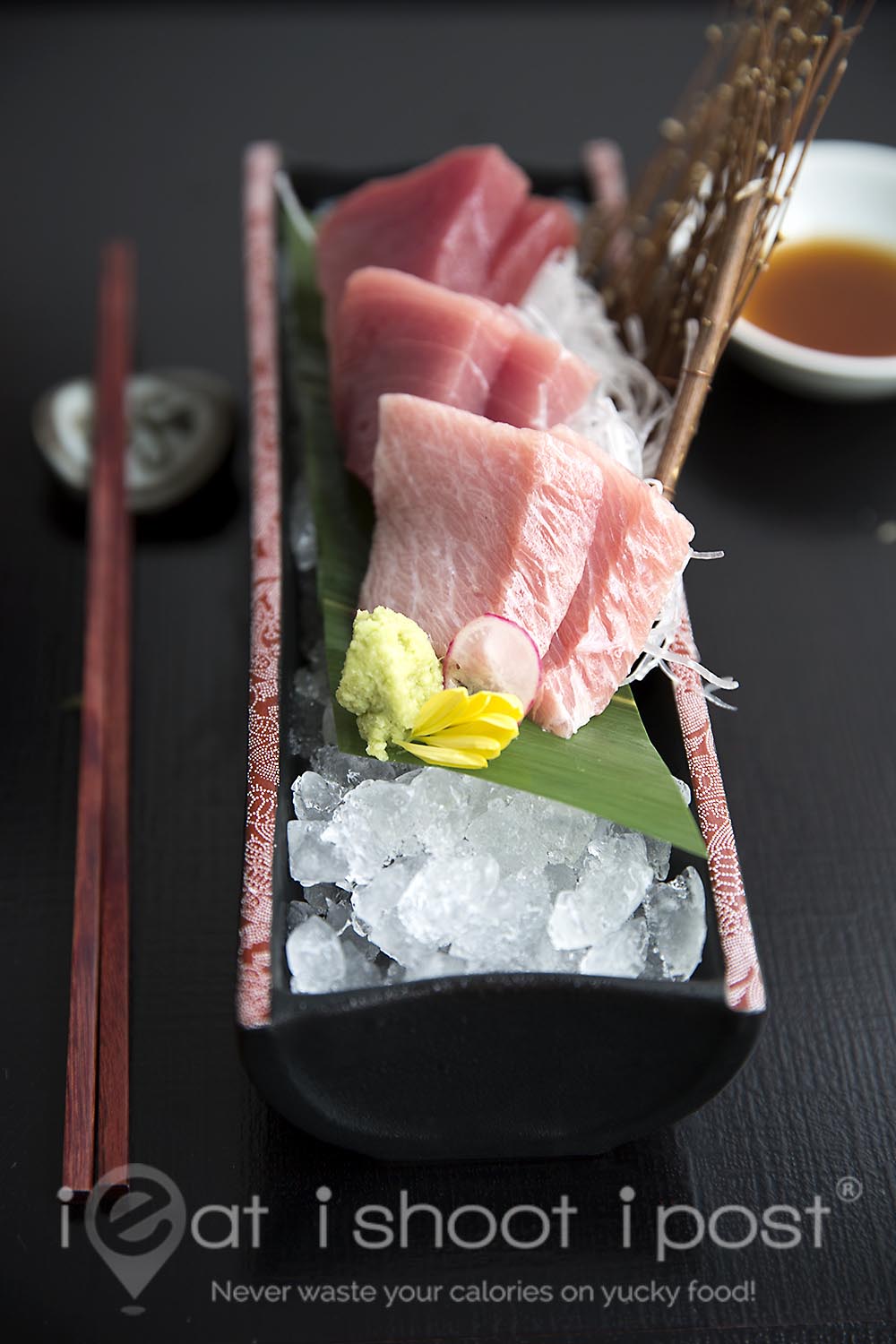
When I visited the port city of Hakodate in Hokkaido earlier this year, I remembered looking across the Tsugaru Strait towards Aomori and wondering to myself why the best tunas are landed at Oma and not Hakodate since both places share the same fishing grounds?
Well, it turns out that the quality of tuna can be attributed to different fishing techniques. At Oma, the fishermen go out in small boats and use single-hook hand-lines to catch the tuna — a traditional technique known as ippon zuri. Unlike long line fishing, this technique result in smaller yields but it allows the fisherman to target the best fish by using live bait such as squid, mackeral, yellowtail and saury.

Tuna caught in Oma is known as fuyu maguro ie winter tuna which tends to be quite fat. Earlier in the year, natsu or summer tuna is caught in the town of Fukaura on the western shores of Aomori as they begin their migration across the Tsugaru Strait towards Oma.
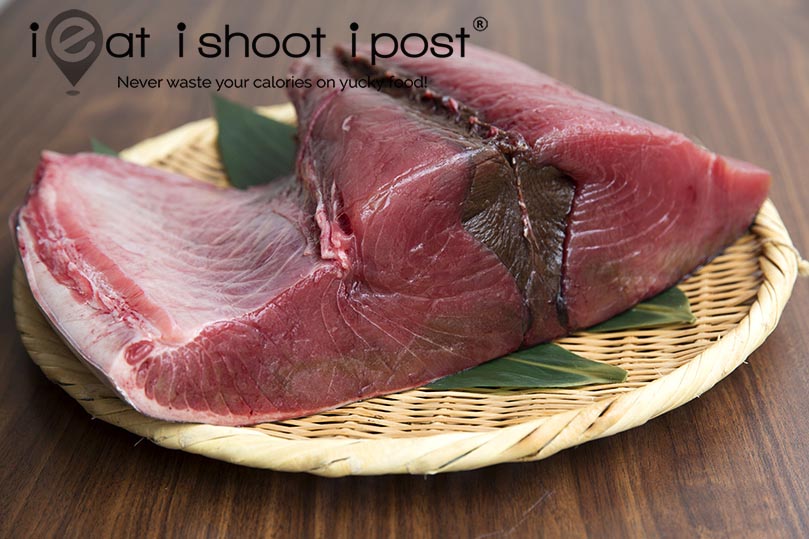
Natsu maguro is leaner than fuyu maguro and are prized for their delicious lean red meat aka akami. In terms of catch, the amount of tuna landed in Fukaura is more than twice that of Oma, but the price of the Fukaura tuna is only a fraction that of Oma. Akami is delicious when it is served as magurozuke where the meat is first marinated in flavoured shoyu. The natural glutamate in the shoyu and inosinate in the tuna combine to produce an umami bomb!
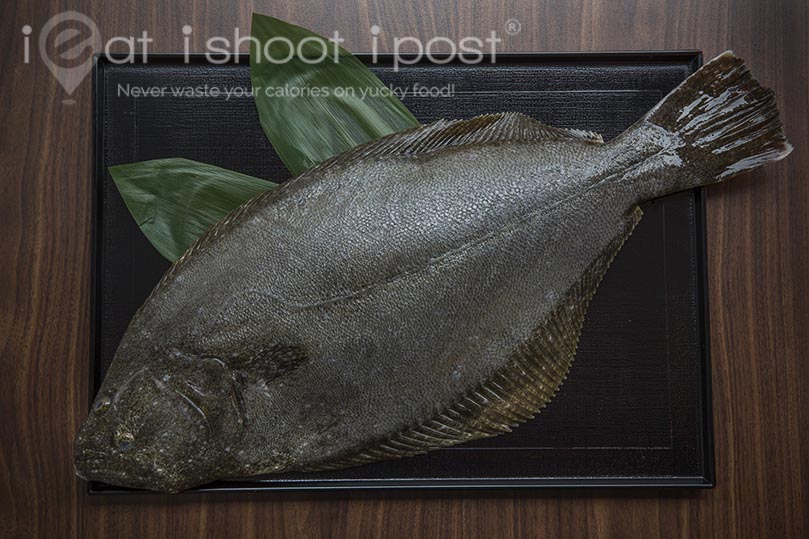
If maguro is the king of the red meat, then the hirame or Olive Flounder (paralichthys olivaceus) is considered the king of the white. Its flesh is prized by the Japanese for its mild flavour and chewy texture. The hirame is a left facing fish which means that when you place the fish on its belly, the eyes will be on the left. Fish with the eyes on the other side are known as karei. As the weather gets colder, the hirame put on a nice layer of fat under the skin which makes it even more delicious. It takes an experienced sushi chef with impeccable knife skills to be able to slice the skin off the meat while preserving this precious layer of fat which can be easily be seen as a glistening layer on its surface. In the olden days before the advent of refrigeration, they used to preserve the meat by wrapping it with kombu. This not only prolongs the shelf life of the meat but also imparts a delectable umami to the meat. This is still done at some sushi bars to impart flavour to the meat and if you do come across some shirodane (white meat) that is wrapped in kombu in the display case, do ask for a serving!
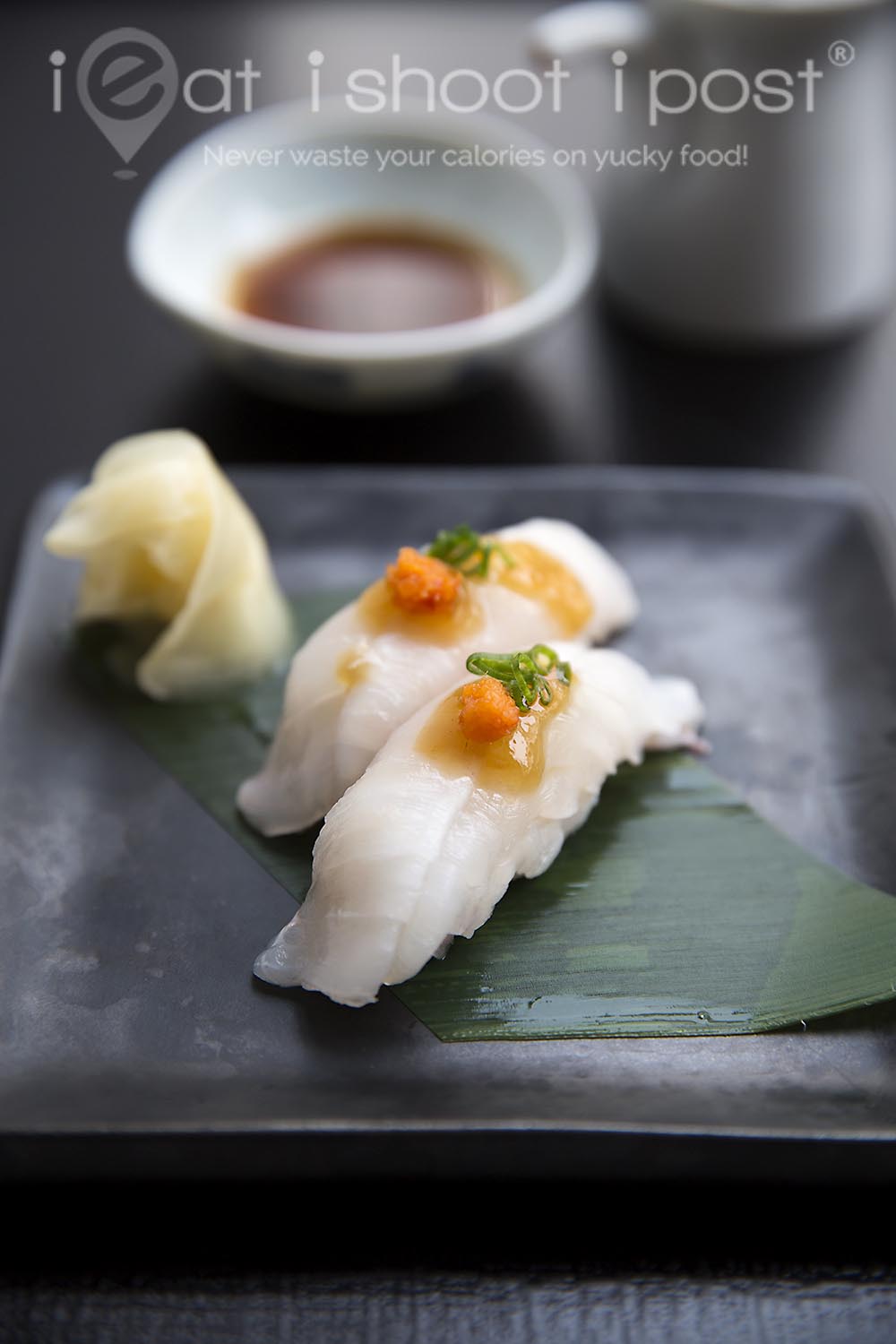
Each fish has four strips of engawa which is the muscle lying at the outer edge of the fish, just next to the fins. This meat is well exercised and is full of flavour as well as fat, making it a much sought after tane which is often only reserved for the regulars of the sushi bar. Hirame is both farmed and caught in the wild in Aomori. The wild caught hirame tends to be leaner than the farmed variety. I came across an aburi engawa sushi using the farmed hirame at Hakumai Sushi and it was meltingly delightful.
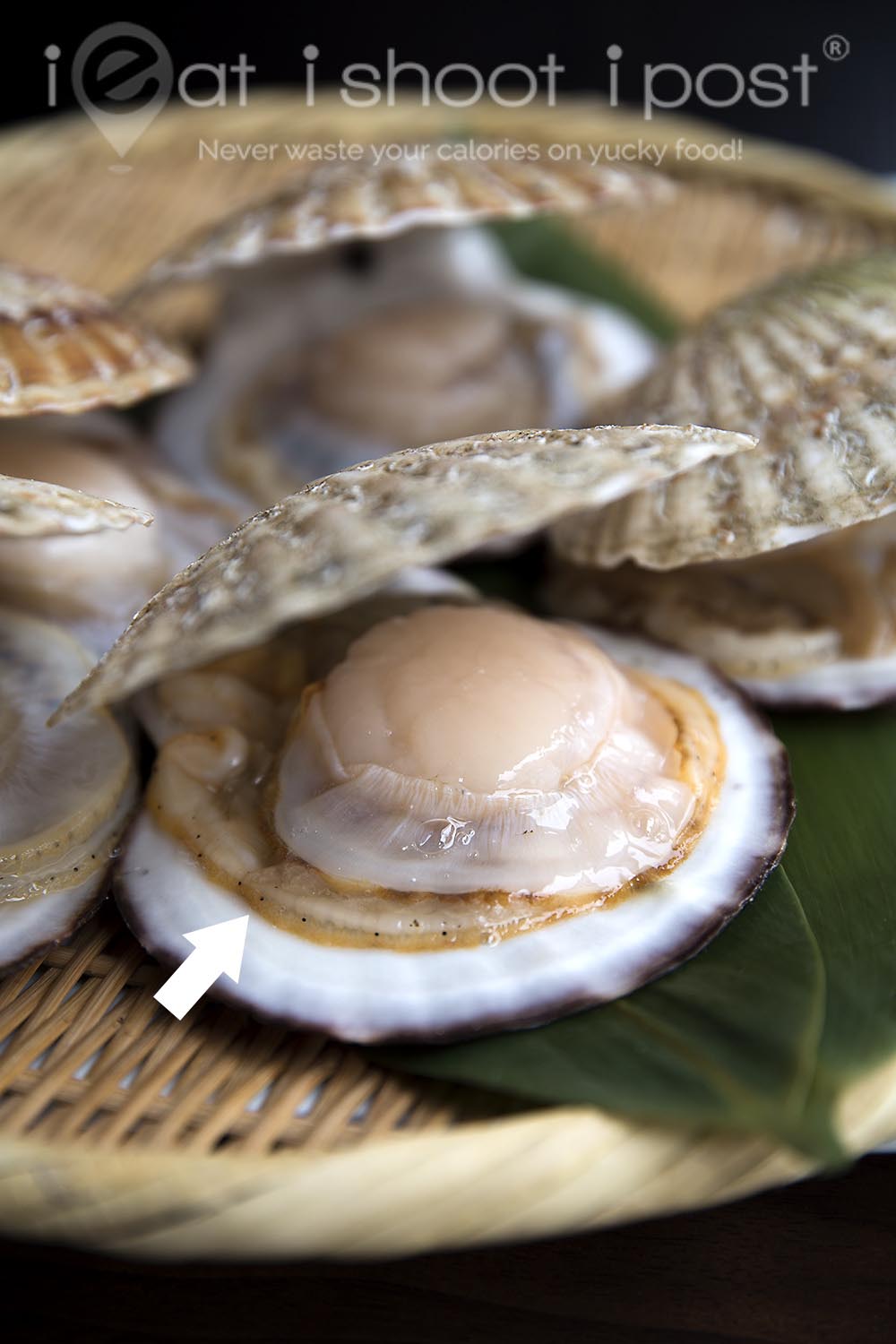
Hotate (scallops) are farmed in Mutsu Bay which lies between Shimokita and Tsugaru Peninsulas. Unlike other bivalves which aren’t very mobile, scallops can actually swim about by opening and closing their shells quickly. Their eyes can be seen as little black dots (white arrow) on the himo (mantle) which means that they can only see where they have been to and never where they are heading!
Unlike other shellfish such as cockles, their shells don’t shut tight when they are removed from the water and so they can’t stay alive very long once removed from the water. Because of this, the kobashira or the sweet adductor muscle is usually removed soon after harvesting and treated to prevent it from going bad. So, it is quite a treat to see a scallop still intact in its shell!
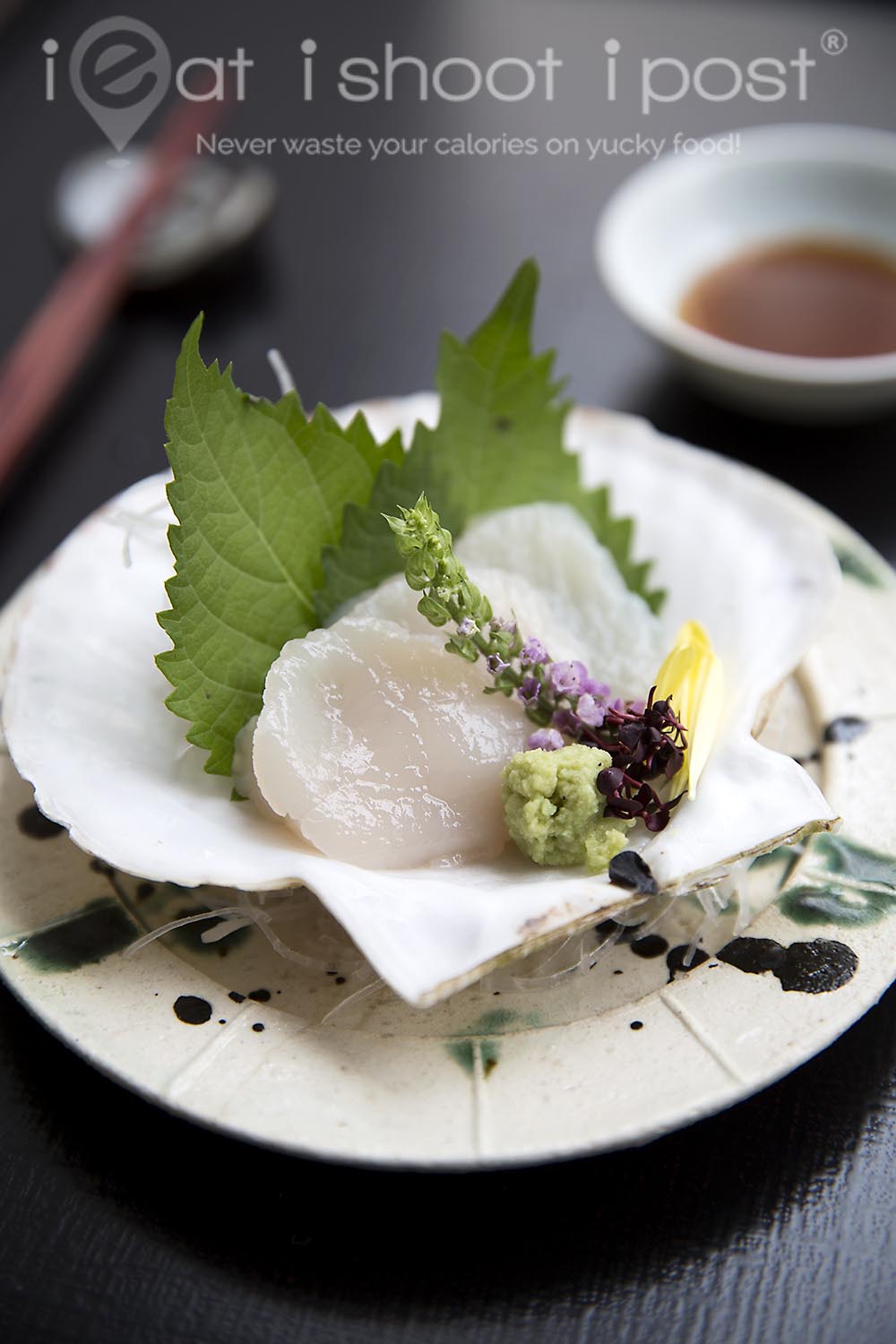
The natural colour of the adductor muscle is a deep ivory and this is an indication that the scallop has not been treated with a chemical called sodium tripolyphosphate. This chemical is frequently added to help the adductor muscle retain water so that they will appear plump and white. However, once defrosted and heated, the water leeches out and scallop shrinks. Top quality sashimi grade scallops are untreated and may also come in frozen packs. It is easy to tell whether a scallop has been treated with tripolyphosphate simply by placing a paper towel underneath it and microwaving it for 20 seconds. The treated scallop will leech water and the paper towel will be wet! (If sodium tripolyphosphate has been used, it should also appear on the list of ingredients on the box).
Hotate are best enjoyed raw as the meat is tender and sweet. Dip it in a little bit of shoyu without the wasabi in order to experience its natural sweetness. The sweetness is derived from glycogen which is at its peak in the warmer months and starts to decline as the weather gets colder. June 18 is the day designated as hotate day in the Mutsu Bay area. It is around this time that the scallops reach their peak in sweetness. The Japanese do grill them in their shells but I find that the meat becomes a little tough. My favourite way of preparing sashimi grade scallops is to slice them thin, around 3mm, drizzle a little bit of truffle oil and sprinkle some shio konbu over it. It makes an excellent starter to any meal!
Note:
The Aomori fair lasted for 3 weeks and is over by the time of this posting. The menu of this particular restaurant changes every 1-2 months when they feature the pride fish of different regions. The next fair is the Kyushu fair which starts on 7 November.
Acknowledgement
Thanks to the management and staff of Kanda Wadatsumi for their assistance in writing this post.



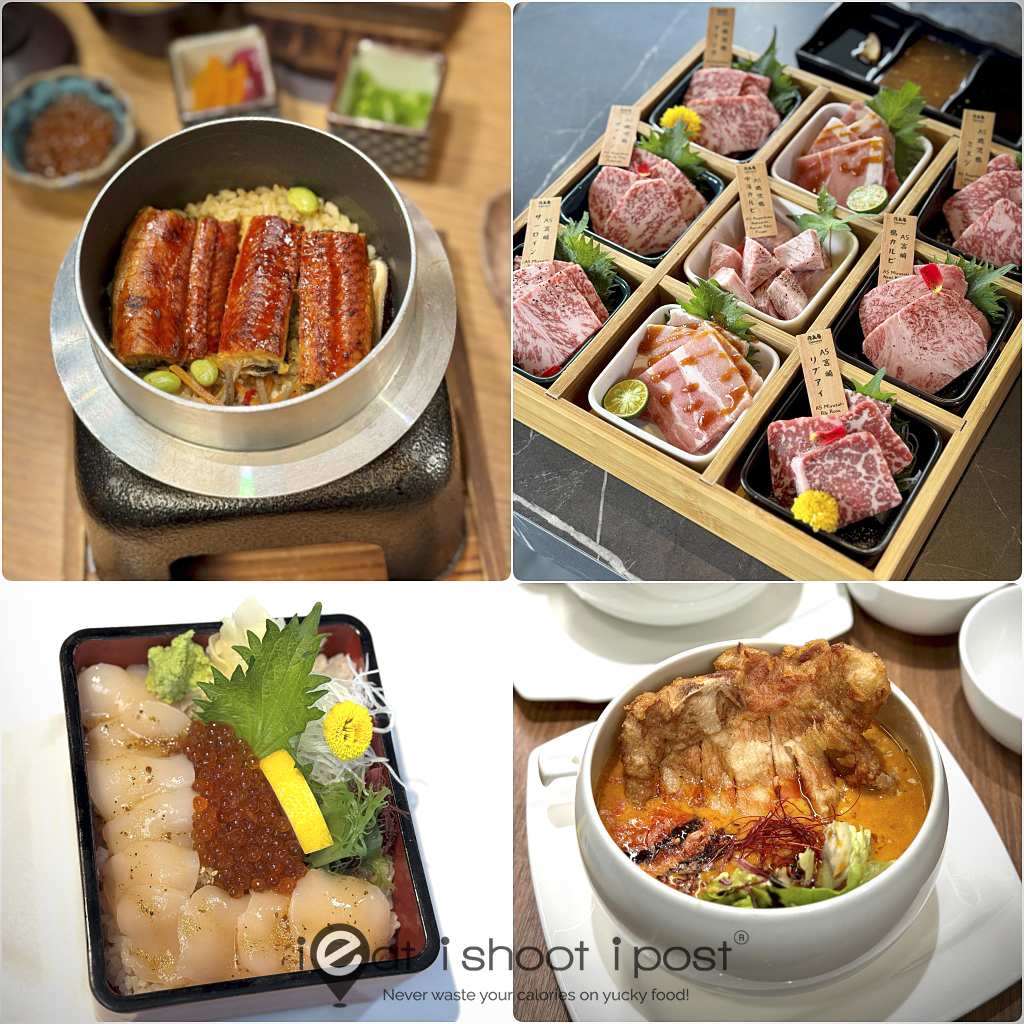
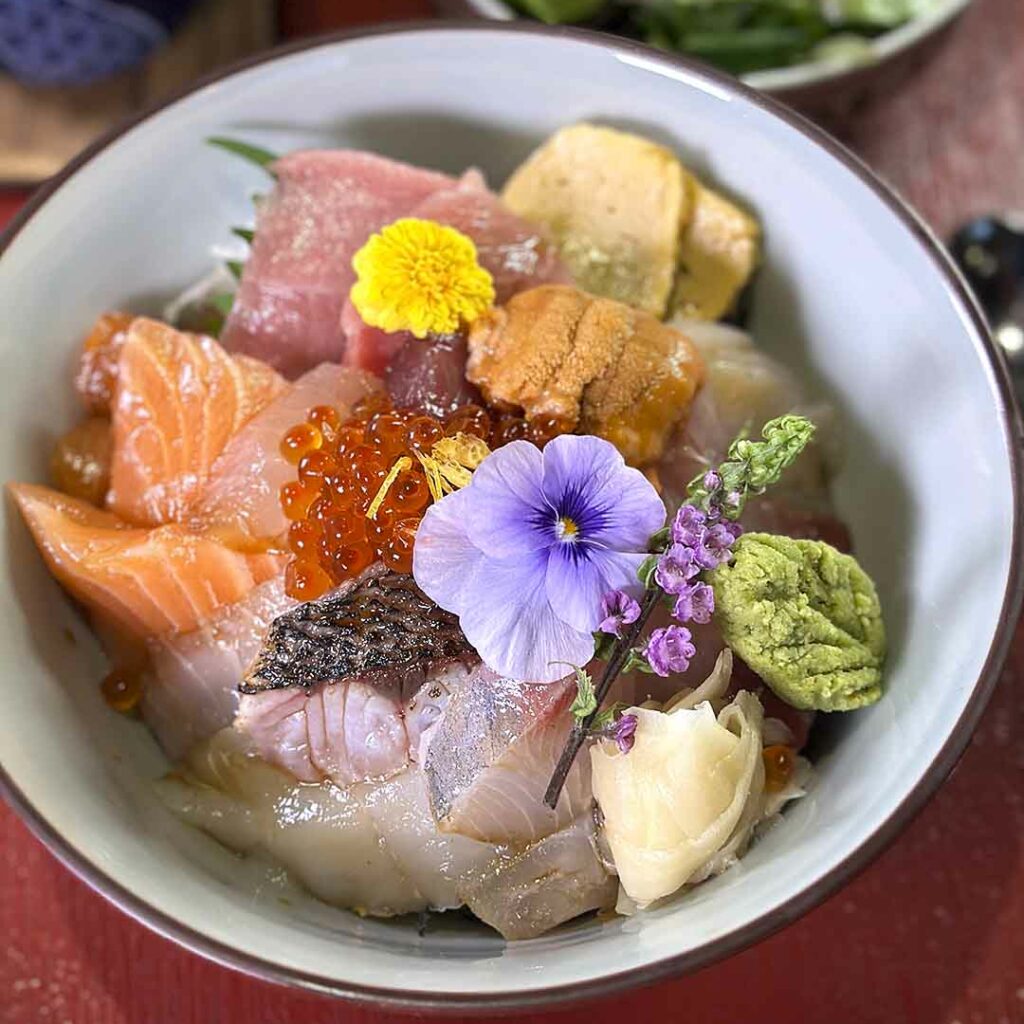
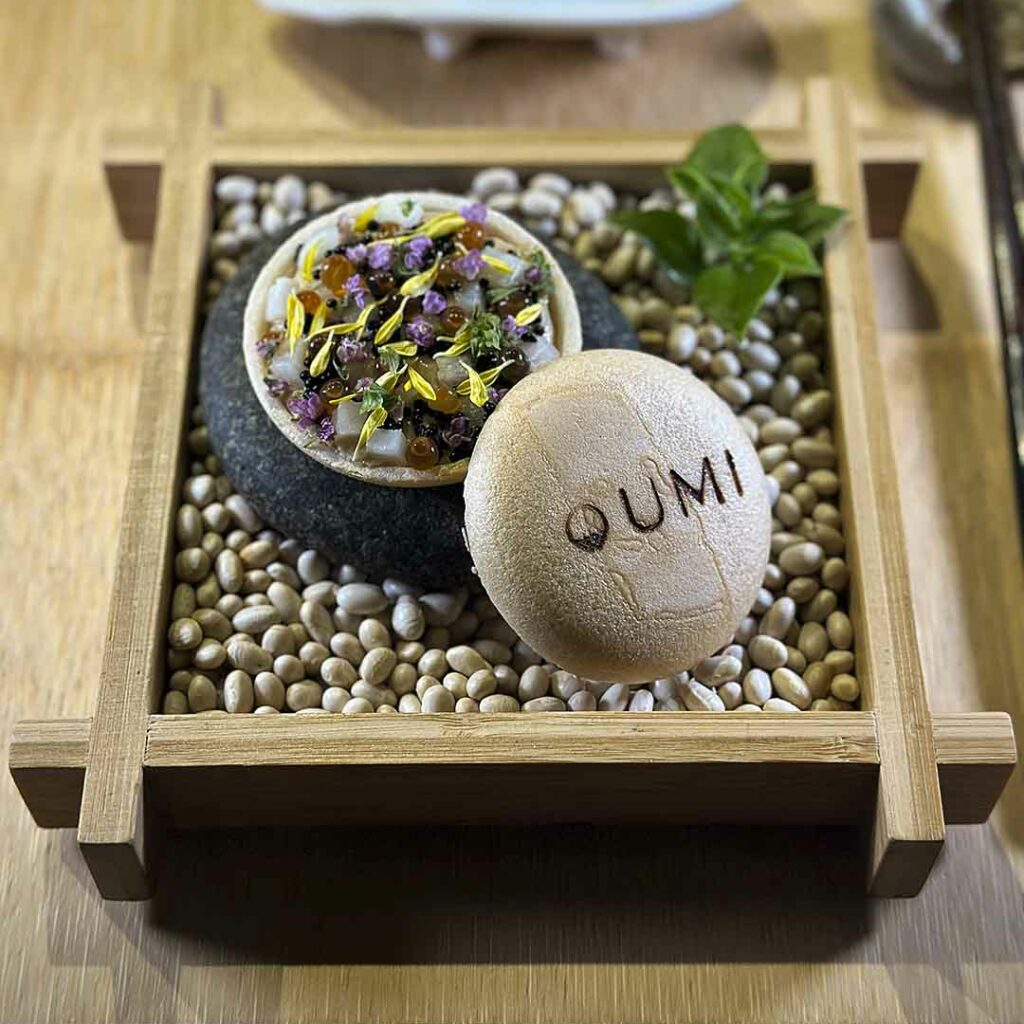
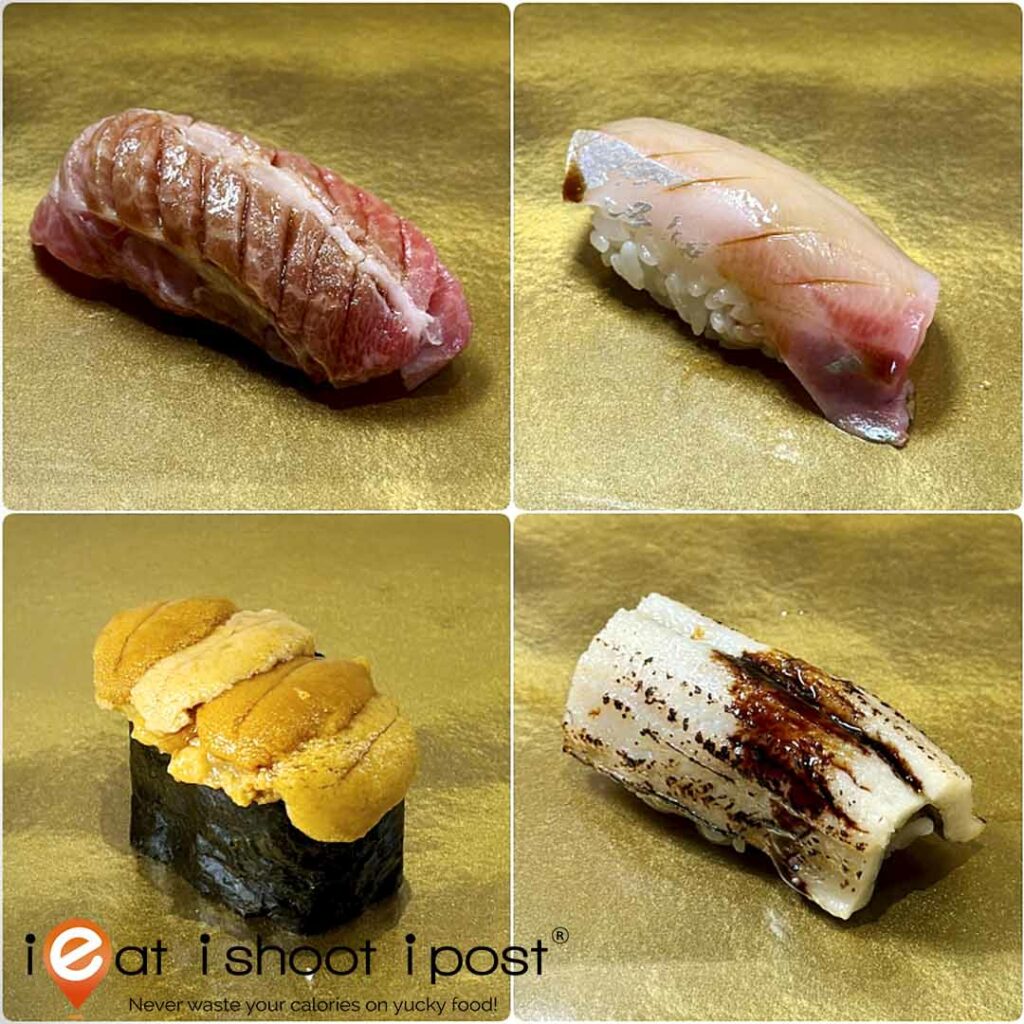
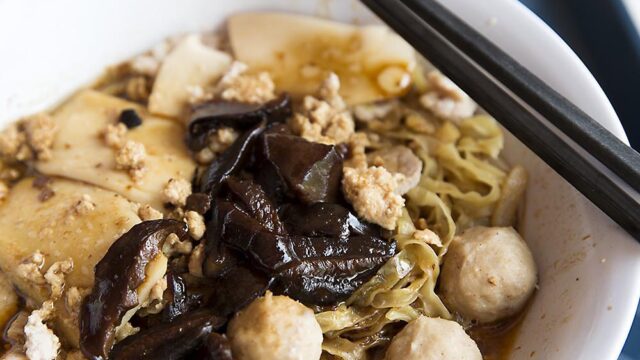
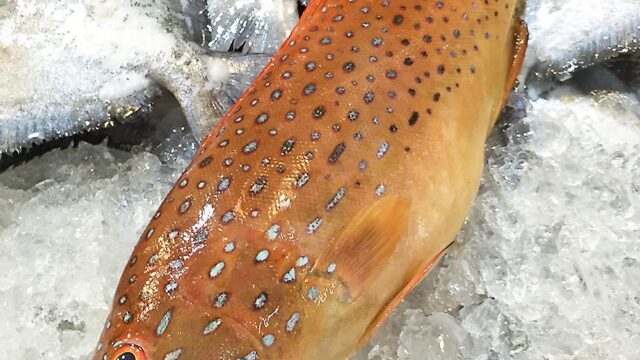



Oh, that scallop looked amazing! There are many secrets to shellfish only locals know.